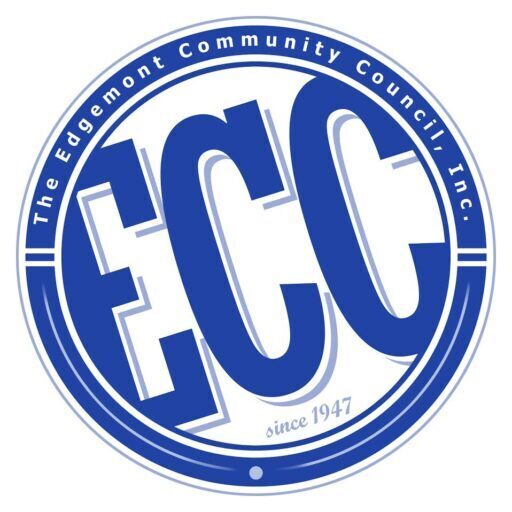Click for 2014 Q&A from Public Outreach Meetings
Click for Land Use and Zoning (Chapter 12)
A revised comprehensive plan for the future of unincorporated Greenburgh, released early this morning, is not likely to please Edgemont residents who last year protested an earlier plan that essentially called for the “urbanization” of Edgemont’s Central Avenue corridor.
The plan released this morning once again calls for zoning changes along the Central Avenue corridor that would allow for increased “density” in certain designated “nodes” in Edgemont on each corner of Ardsley Road and Central Avenue; the stretch of Central Avenue between Mount Joy and Henry Streets, and around the Hartsdale Train Station, stretching into Edgemont along Pipeline and Old Colony Roads. A similar “node” is also proposed for the intersection of East and West Hartsdale Avenue and Central.
Each “node” would allow for “mixed use buildings” that contain retail stores on the ground level and apartments on the upper floors. Unlike last year’s plan, which appeared to suggest that each “node” would in fact stretch in Edgemont from Ardsley Road along Central until the A&P Shopping Center, this time the plan states that “similar development is not intended to stretch along the expanse of Central Park Avenue” because if it did, the committee said, “it would likely overwhelm existing infrastucture.”
The report states that the node envisioned for the Mt. Joy and Henry Street area would be a “unique small scale Main Street like development incorporating connected mixed-use buildings, common architectural facade features complementing nearby residential developments, an attractive parking that blends in with the development,” adding that “[m]ixed use buildings built to the sidewalk along Central Park Avenue would act as an attractive gateway to the adjacent residential communities of Edgemont to the east and west.”
But calling once again for the development of “nodes” along Central Avenue, where large numbers of multifamily housing units “built to the sidewalk” will almost certainly be constructed, is almost certain to anger Edgemont residents who came out last year in droves to protest last year’s plan for that very reason.
Approximately one-third of Edgemont’s 2800 housing units consists of apartments where, because Edgemont is a high performance school district, the number of children living there who attend Edgemont schools is far greater than the national average.
The issue for Edgemont residents is the anticipated impact that the Town’s plan to construct large numbers of new apartments along Central Avenue would have on existing Edgemont facilities and, because of the additional costs that would be imposed by having to educate a large influx of new children, the ability of the district to continue to provide the same quality of education at a cost existing residents can afford to pay.
Instead, the committee assured the public that zoning for the “nodes” would be handled by informal “charrettes” in which resident “stakeholders” — including school officials — would be invited to meet with developers and town officials to discuss the size and scope of what would be constructed.
Edgemont residents had criticized the concept of using “charrettes” to develop zoning as inherently biased in favor of developers while giving residents little or no legal recourse if they are outvoted on one of the “volunteer” panels. The concept of a “charrette” is also nowhere provided for under the state or local zoning code.
The revised plan was released at 12:43 a.m. Saturday morning, when most residents were asleep. What is more, because Edgemont, like many schools in the area, began their school break yesterday, most families who left town on vacation will not even learn of the plan until they return next week on Easter Sunday, and those observing Passover might not learn of the plan until several days later.
But to make matters even worse, the steering committee has thus far called for a single public hearing — one in the afternoon and one in the evening — to be held on Tuesday, April 28 at Town Hall.
The April 28 hearing date was scheduled to be one day before the Edgemont Community Council annual meeting on April 29, which means that by the time ECC leaders address Edgemont residents about the matter, the public hearing will already be over.
The committee plans to keep its “record” open for two weeks after the April 28 public hearing, at which time it will vote to recommend the plan to the Town Board which will conduct its own public hearing on the plan prior to its being adopted.
While recommending the construction of apartments in certain “nodes” in Edgemont, the report makes no mention of or any recommendations on what to do about commercial properties that have been kept vacant or abandoned in Edgemont, such as the “European Health Spa” that has been vacant since 1989.
The seven-member committee, which has been at work on the report since 2008, is chaired by town councilman Francis Sheehan. The vice chair of the committee is Fran McLaughlin, the chair of the planning board.
Edgemont has no representation on the committee. Madelon O’Shea, who lives part-time in Edgemont and the rest of the time lives in Florida, serves on the committee as chair of the town’s historical and landmark preservation board. The only “community representative” on the committee is Ella Preiser.
The ECC had asked in 2008 that an Edgemont representative be appointed to the committee, but Mr. Sheehan refused to allow it. The ECC had asked for the appointment of Michelle McNally, a former ECC president and school board member. Edgemont funds about 25% of the budget for unincorporated Greenburgh, but has no representation on the town board and, because of Mr. Sheehan, had no representation on the steering committee either.
Ms. Preiser said she walked out of the committee’s meeting two weeks ago when she said it became clear to her that the objections raised last year by Edgemont residents would largely be ignored.


